Learning disabilities are nobody’s fault. Your kids may have their gene pool stacked against them. The problem is, if you wait until those learning disabilities show up in school, you may have missed your window to rewire the brain so that those learning disabilities don’t impede your child’s progress.
I (Kirby) was trained as a Montessori teacher. In my training, I learned that Maria Montessori was the first female doctor in Italy. In her work, she came across individuals with intellectual disabilities. Her theory was that if she worked with these children young enough, and in the right ways, they would be able to pass the tests needed to go to school; they wouldn’t miss out on the opportunity to be educated. She developed systems of breaking tasks down into steps and teaching the steps. Much of my work developing learning games for children is based on Montessori’s principles.
I would never advocate that you sit your small child in a desk and try to do “school” with them. But incorporating delightful learning games target the early skills that become building blocks of later important skills. Children should be learning without having any idea that you are teaching them.




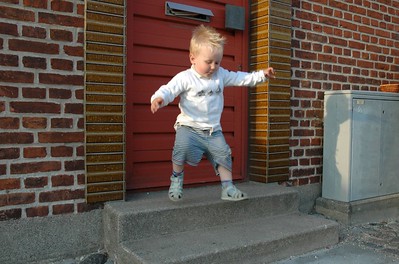
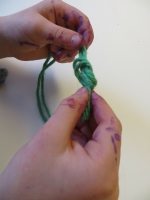
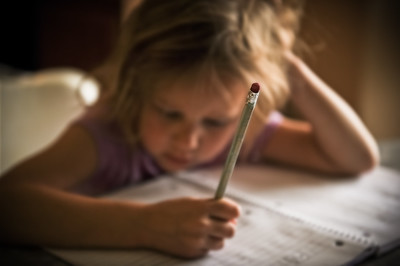
 Have you ever wondered how to teach your child to follow directions without it turning into a power struggle? The key is to focus on following directions as a skill that children can learn gradually in the same fun ways that they can learn their colors or to tie their shoes.
Have you ever wondered how to teach your child to follow directions without it turning into a power struggle? The key is to focus on following directions as a skill that children can learn gradually in the same fun ways that they can learn their colors or to tie their shoes.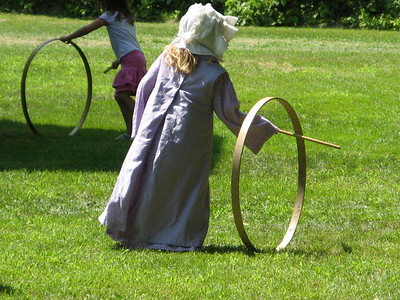
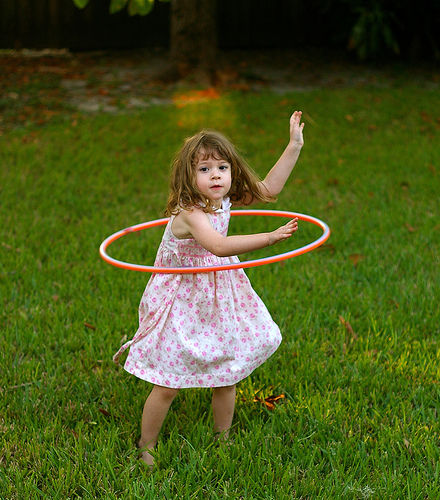
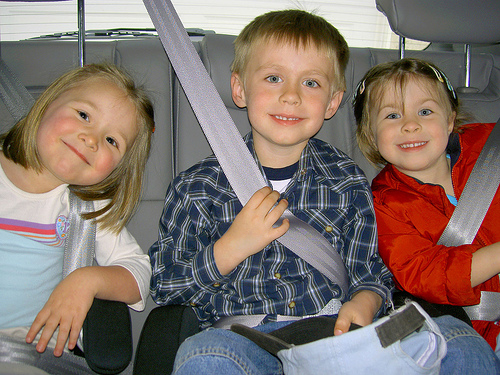


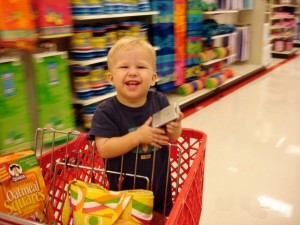
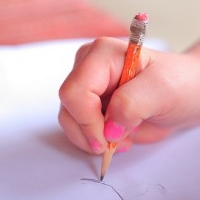


 Parents of preschoolers are tired people. Caring for little ones is exhausting work. We have the best intentions of providing enriching activities for our kids, but when exhaustion sets in, good intentions go out the window. To help you plan for those times when you need something your child can do while you are lying down or sitting, here's a list of 20 activities.
Parents of preschoolers are tired people. Caring for little ones is exhausting work. We have the best intentions of providing enriching activities for our kids, but when exhaustion sets in, good intentions go out the window. To help you plan for those times when you need something your child can do while you are lying down or sitting, here's a list of 20 activities.

